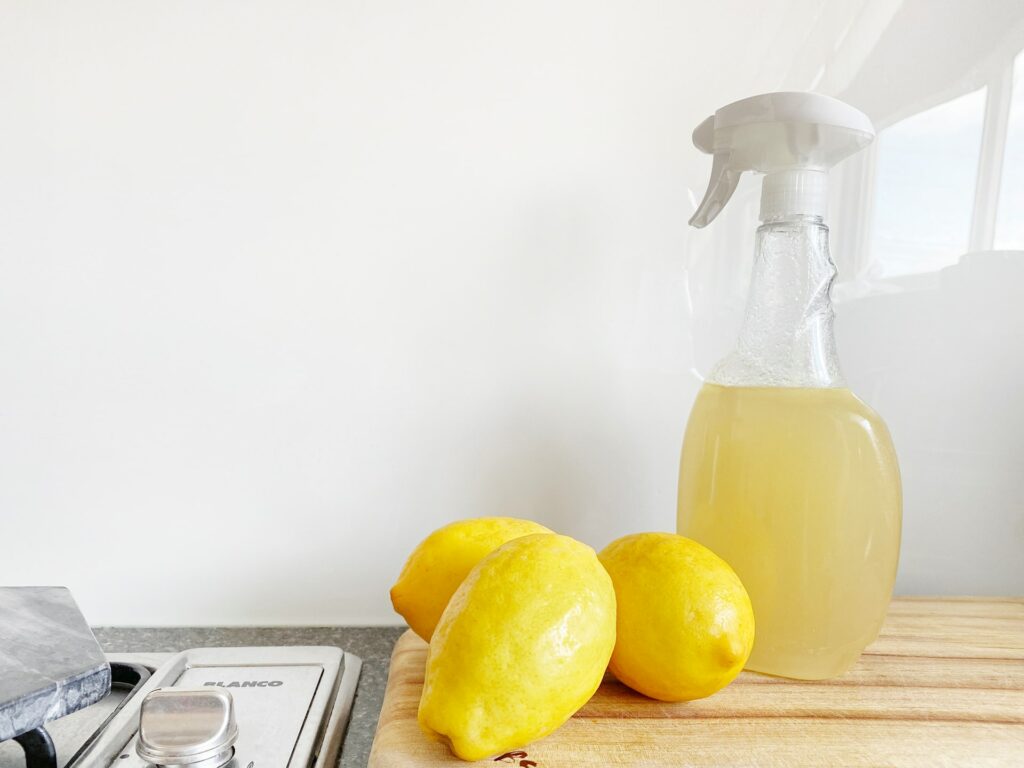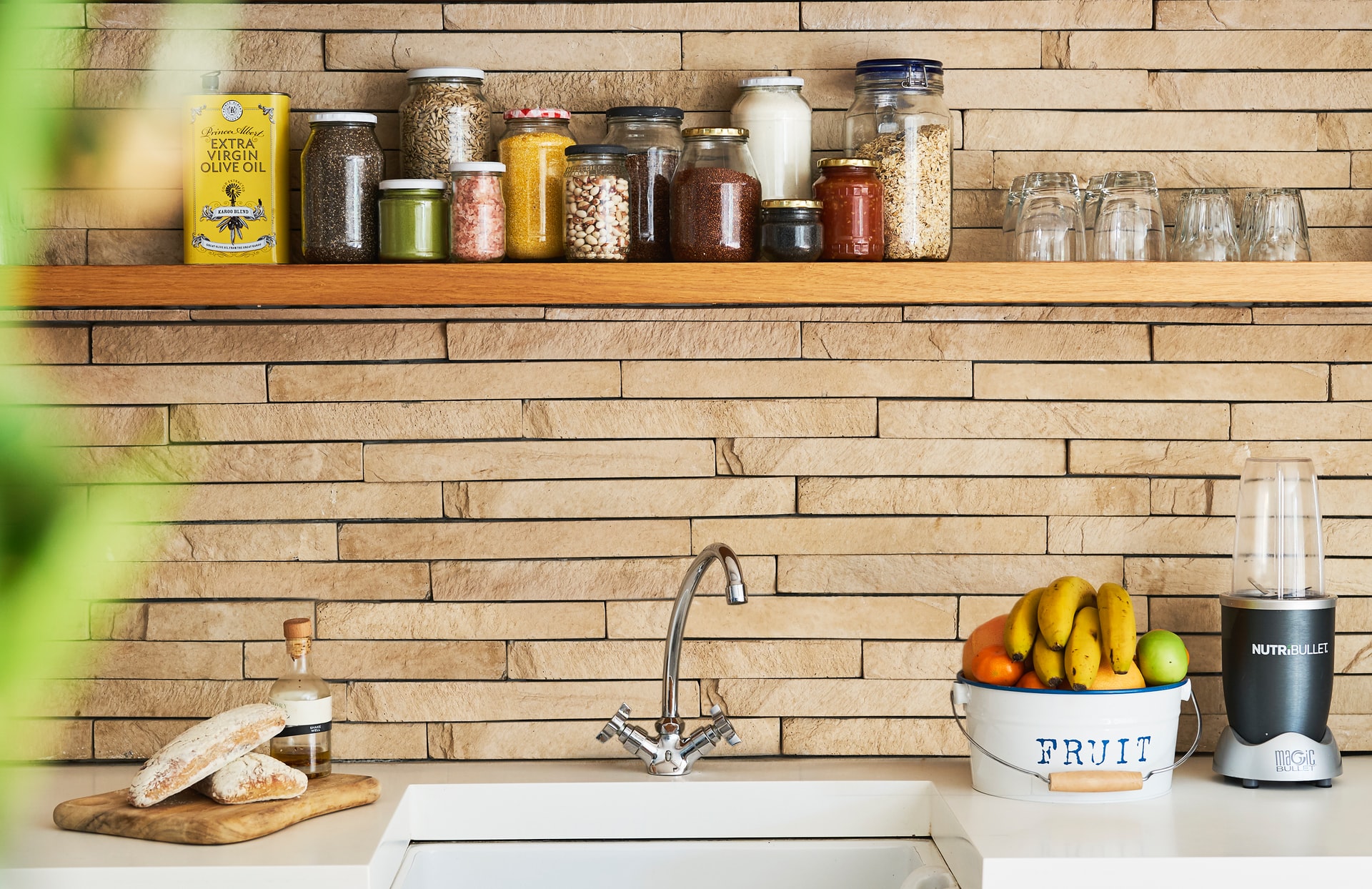Change starts at home. Here are some easy ways to reduce your use of plastics.
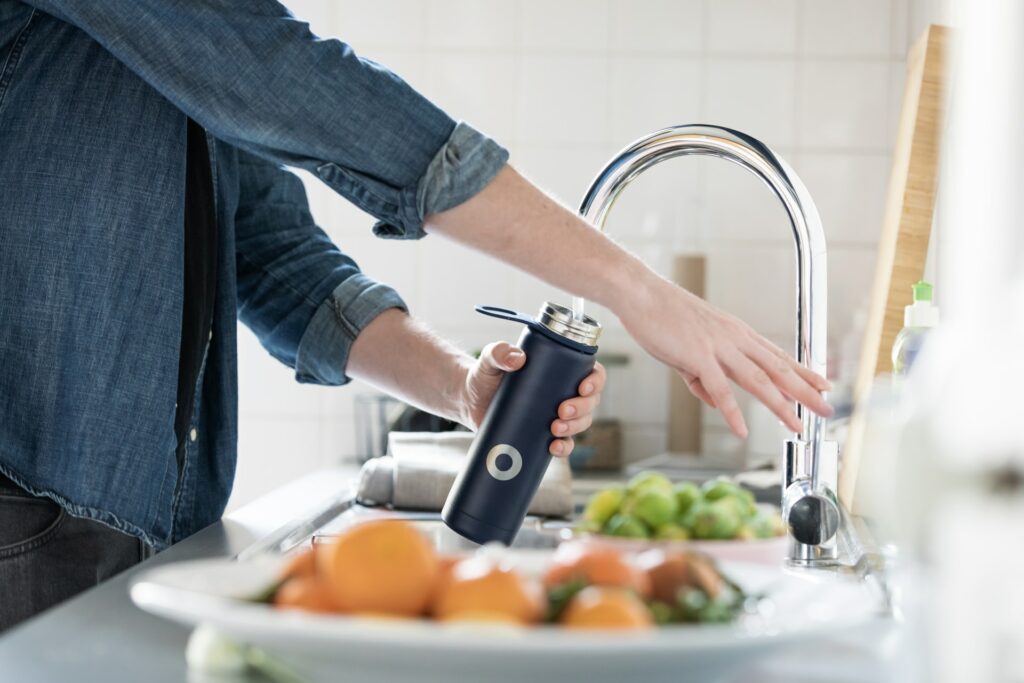
Read more about the problems with single-use plastic.
In the bathroom
1. Bamboo toothbrush
Swap out your plastic toothbrush for a bamboo version – these are widely available in supermarkets. Bamboo is a relatively eco-friendly material, as it grows quickly and is biodegradable (untreated bamboo is compostable).
If you can find one with natural fibres, that’s best – but if you have one with plastic bristles, you can snap off the head or remove the bristles with pliers when you’re done with the brush and throw the handle into the compost.
Or give it a second life and use it to clean your bathroom or kitchen.
2. Metal razor
Investing in a metal safety razor is a great way to reduce plastic. It might cost a bit more upfront, but they last years.
You can recycle old blades – but don’t put them in your regular recycling as it might be dangerous for handlers or waste pickers. Collect your old blades in a safe container (sometimes known as a blade bank) and then search your local recycling options.
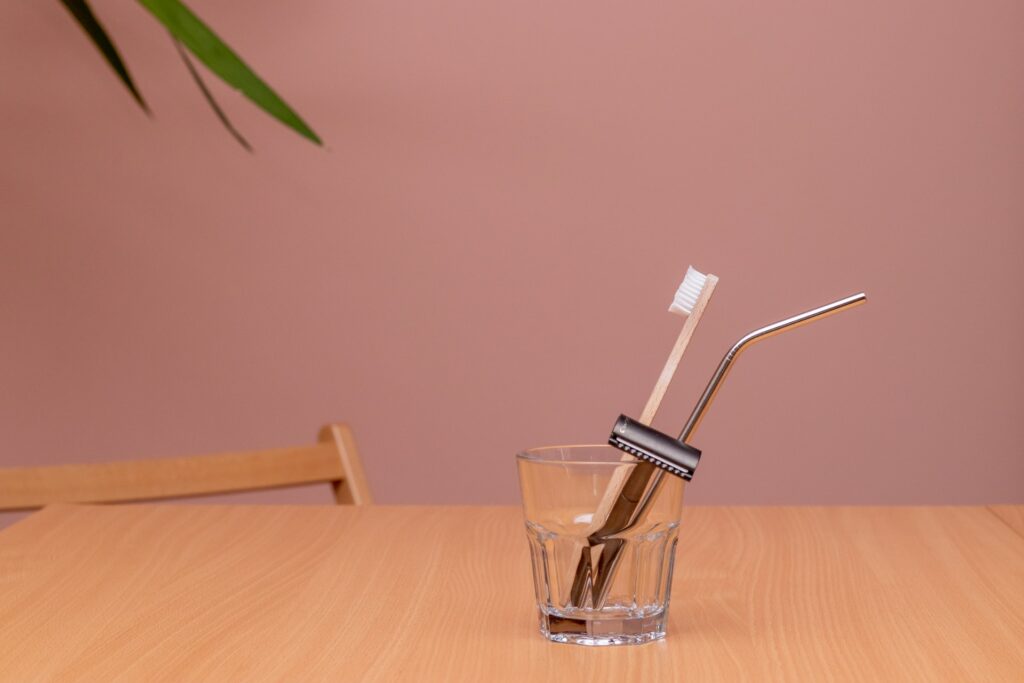
3. Plastic-free deodorant
There are plenty of options for deodorant without plastic packaging. Some come in glass jars, while others are in bars or paper tubes.
Some mainstream brands (such as Dove) have started selling refillable deodorant or anti-perspirant containers, which reduces some plastic waste.
4. Menstrual cups
Sanitary pads and tampons are made with or packaged in plastic. But there’s an increasing number of reusable alternatives on the market. Period underwear, reusable pads and menstrual cups all decrease waste.
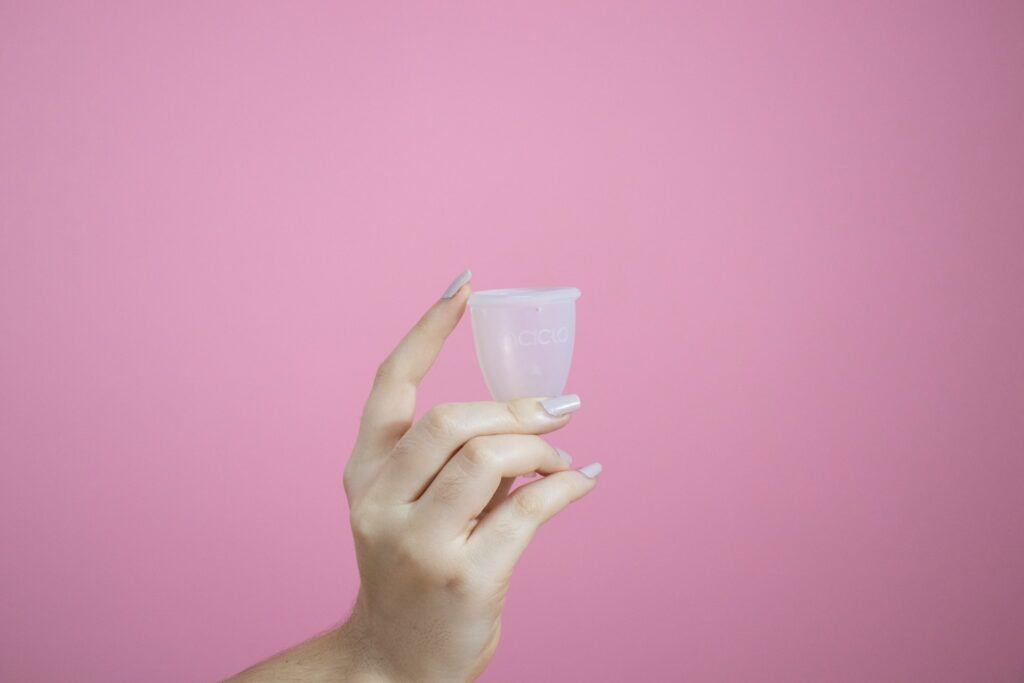
5. Silk dental floss
Floss and its packaging are usually plastic. Silk alternatives are biodegradable and often come in glass jars or cardboard containers, so they’re entirely plastic free.
6. Shampoo bars
Shampoos, conditioners and body washes are available in bar form, often packaged in paper for a fully plastic-free product. Lush were all over this many years ago, but today there are loads more options on the market.
7. Paper cotton buds
They’re still single use, but they’re biodegradable, unlike plastic cotton buds.
8. Cloth diapers
If you have kids and can deal with the washing, making the switch to cloth diapers rather than disposables can save a heap of plastic waste. It’s also cheaper.
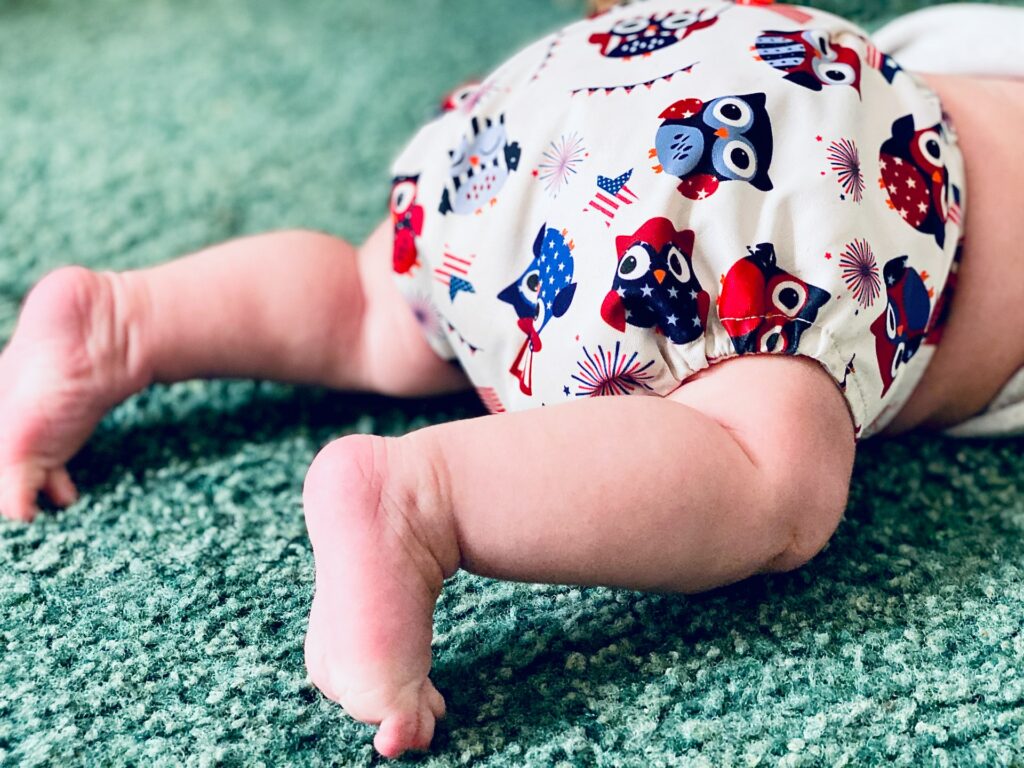
In the kitchen
9. Beeswax wraps
Beeswax wrap is a great alternative to clingfilm or plastic wrap. When you wrap it over a bowl, the warmth of your hands allows the wax to act as a sealant around the sides. Carefully rinse and reuse until it loses its stick (most people agree this should be a few months), after which you can usually put it in the compost.
You can sometimes restore the wrap by putting it in the oven on a low heat to melt and redistribute the wax – or just use it as loose packaging for food items.
10. Loose fruit and veggies
It’s difficult to cut out plastic when it comes to food shopping. One easy way to make a dent in the amount of plastic packaging you consume is to buy loose fruit and vegetables. You can use a reusable bag – or just toss them straight into your shopping basket. Remember items like bananas and oranges already come with their own packaging. Everything else can be rinsed at home.
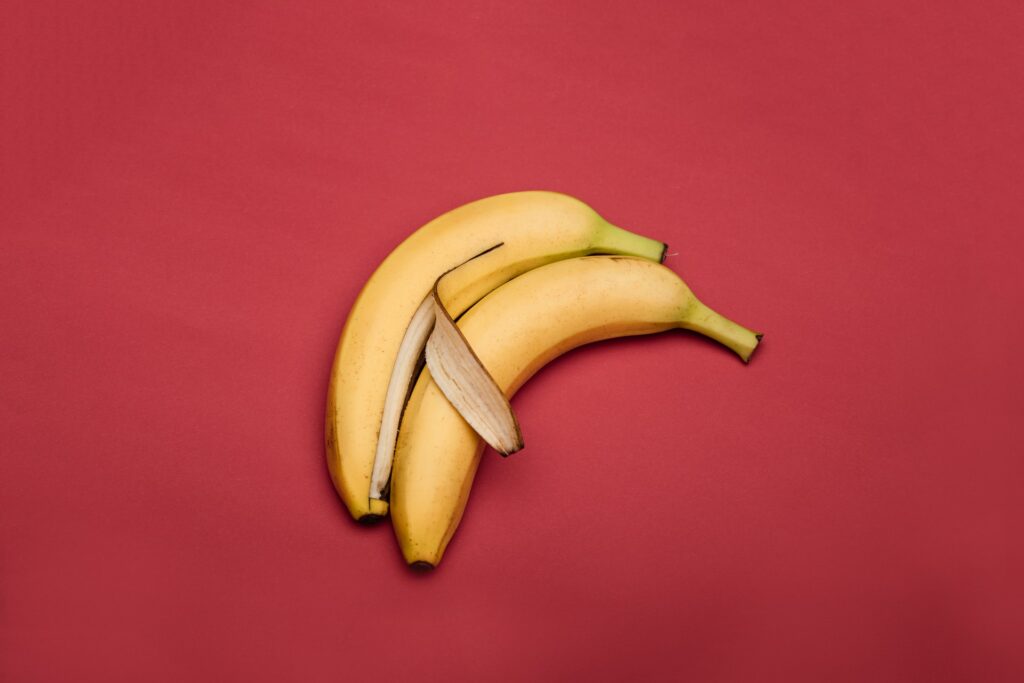
11. Refillable containers
If you live close to a store that offers refillable pasta, grains, nuts, etc., refilling containers with these items instead of buying them in single-use packaging is a really great habit to form.
12. Silicon bags
Silicon is not an especially eco-friendly alternative to plastic, but one advantage is that it doesn’t break into micro-particles in landfill. If you’re looking for a durable sandwich bag, silicon is better than plastic, especially as these bags are designed to be washed out and reused. Some companies also invite consumers to return their used silicon products instead of throwing them out, as it can be a difficult material to recycle.
If you are using plastic sandwich bags, wash them and reuse them as many times as you can – they don’t need to be single use.
13. Natural sponges
Most kitchen sponges are made from plastic and are not recyclable. Make the switch to natural sponges or use dishtowels instead.
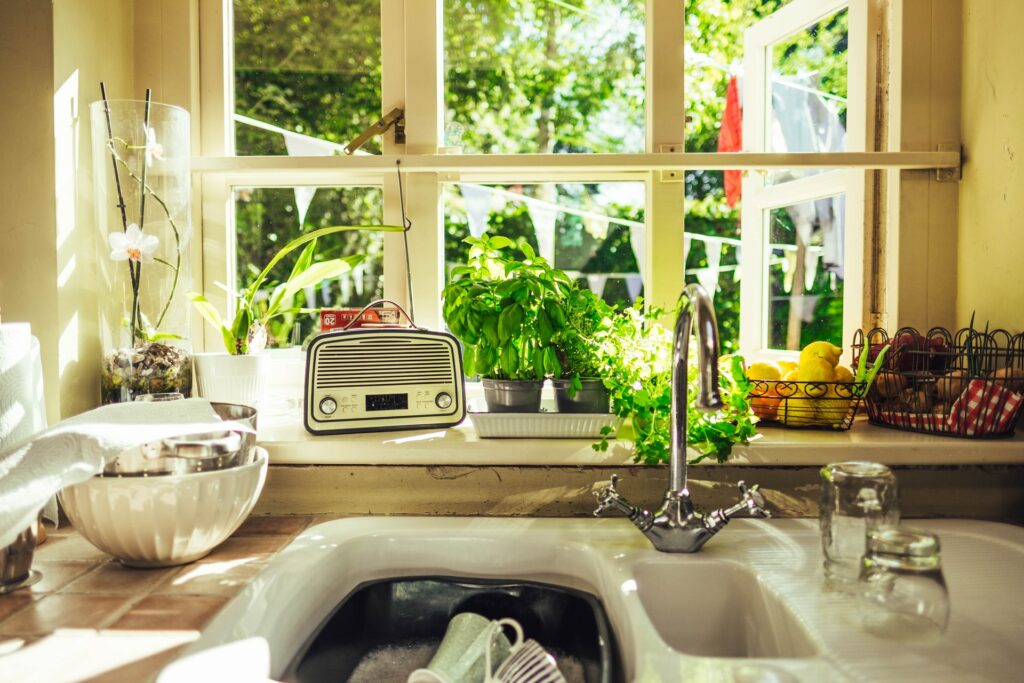
Elsewhere in the house
14. Reusable cloths
Single-use duster cloths or wet wipes can be easily replaced with cloths you wash and reuse.
15. Natural fabrics
Polyester fabric contains plastic – and a lot of our clothes are made from it. Where you can, aim to buy natural fabrics and those made from recycled materials.
16. DIY cleaning products
Some products are really easy to make yourself – and you can reuse old cleaning bottles.
